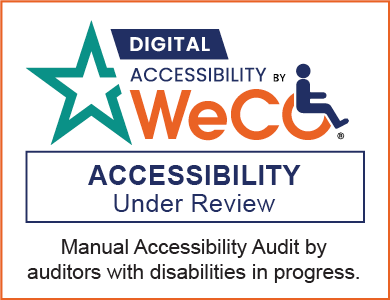TIF District Data: Mapped by District Type

The map below contains circle charts showing distributions by district type. The charts change from summaries by economic development region, to summaries by county, to summaries by city as you zoom in. Included are districts required to report for the current or most recent reporting year. Decertified districts that are no longer required to report are not included. The size of each chart is indicative of the number of districts. The count of districts displayed changes as you zoom in or out. You can click on the charts in the map to get counts detailed by TIF authority. You also can search/select a TIF authority to display using the dropdown selector at top. You may also select district types to filter the results. Click on the TIF Authority Details tab to get additional data on each TIF district.
Please note that this dashboard is provided for informational purposes. It should not be regarded as providing formal or official OSA determinations.
Questions about this dashboard and its content may be directed to tif@osa.state.mn.us.
Data notes:
- This data is shared as it was reported and should not be considered audited or confirmed.
- 'City/Town Where Located' is often synonymous with the TIF Authority but is informative for county authorities.
- 'Approval Date' (of the TIF plan by the municipality), 'Certification Request Date', and 'Certification Date' (by the county auditor) are each meaningful for various provisions of the TIF Act.
- 'First Receipt of Increment' will display the anticipated first receipt date identified in the TIF plan if the actual first receipt date has not occurred.
- 'Required (Max) Decertification Date' is the maximum duration limit based on the district type, the TIF plan, or special law, but a district may be required to decertify earlier than this date under the TIF Act's Six-Year Rule provision. This date is based on the actual first receipt of increment and may be an anticipated date until actual first receipt of increment occurs.
- 'Actual Decertification Date' is only populated if the district has been decertified. Decertified districts must continue to report until all increment has been spent or returned to the county auditor.
- 'Reporting Year' refers to the year for which Tax Increment Revenues, Net Tax Capacity Values, and TIF Plan Estimates were reported. The reporting of annual data is due by August 1 of the following year (e.g. 2023 data is reported in 2024). The year will update as reporting is received. Again, data displayed is "as reported" and should not be considered audited or confirmed. Data may change if corrected reporting is received.
- 'Tax Increment Distributions' (Current or Cumulative) refers to distributions of tax increment from county auditors that were collected on the captured value of the district, plus any reimbursements of credits that reduced the taxes paid on that value. 'Other Tax Increment Revenues' (Current or Cumulative) includes revenues such as interest earned on tax increment balances, lease and sales proceeds from properties purchased with tax increment, and other revenues defined as tax increment in the TIF Act. 'Total Tax Increment Revenues' (Current or Cumulative) is the sum of these two amounts. 'Current' amounts are those received in reporting year and the 'Cumulative' amounts are total received through the current reporting year.
- Net Tax Capacity Values identify the various tax base values associated with the TIF district. 'Current Net Tax Capacity' minus the 'Original Net Tax Capacity' equals the 'Captured Net Tax Capacity'. 'Captured Net Tax Capacity' minus any 'Fiscal Disparities Contribution Tax Capacity' and any 'Shared Net Tax Capacity' equals the 'Retained Captured Net Tax Capacity'. The 'Original Net Tax Capacity' plus any 'Shared Net Tax Capacity' is the value that remains part of the tax base for all affected taxing jurisdiction, while the 'Retained Captured Net Tax Capacity' is the value that instead generates tax increments used to finance development activity. 'Fiscal Disparities Contribution Tax Capacity' only applies in the Metro and Iron Range Fiscal Disparities Regions when the authority chooses to contribute the shared value under that program, reducing potential tax increment collection. 'Shared Net Tax Capacity' is value that the authority chooses to make part of the tax base rather than retain to generate tax increment. Shared Net Tax Capacity is very rare as authorities generally prefer to decertify (end) a district as early as possible.
- 'TIF Plan Estimates' come from the plan approved on the date indicated, which may be the original TIF plan or a modified TIF plan, as noted. Because modified plan documents often only contain portions of the plan that are being changed, we provide only a link to download the original TIF plan (coming soon). Whether modifications exist is also noted. To get a copy of any modified plan, contact the TIF authority or the OSA at tif@osa.state.mn.us. A 2009 law change required plans to include estimates of tax increment revenues and expenditures only, whereas prior plans may have identified estimates that included other sources and uses. A special reporting in 2011 asked authorities to identify estimates of prior plans based solely on tax increment revenues. As such, the plan estimates displayed for districts created prior to 2011 may deviate from TIF plan language and/or may reflect reporting inaccuracies. Older TIF plans, generally from districts created prior to 2011, may not be readily available for download and 'Contact TIF@osa.state.mn.us' may be displayed in lieu of a filename to download in those instances. Contact us, or the TIF authority, to get a copy of those plans.